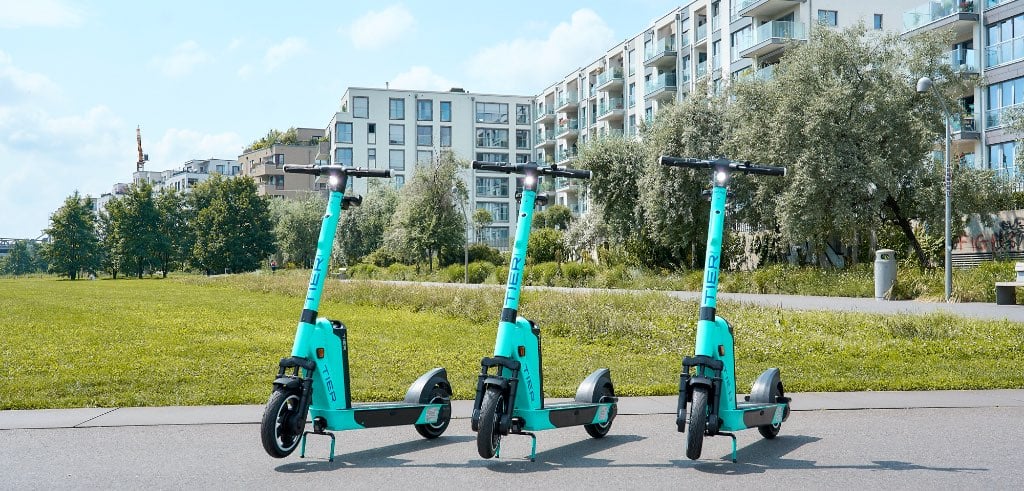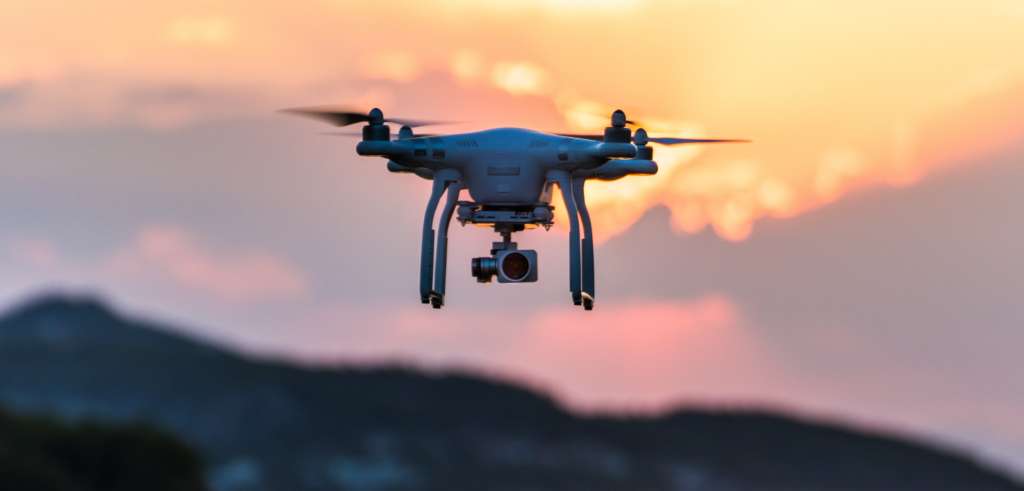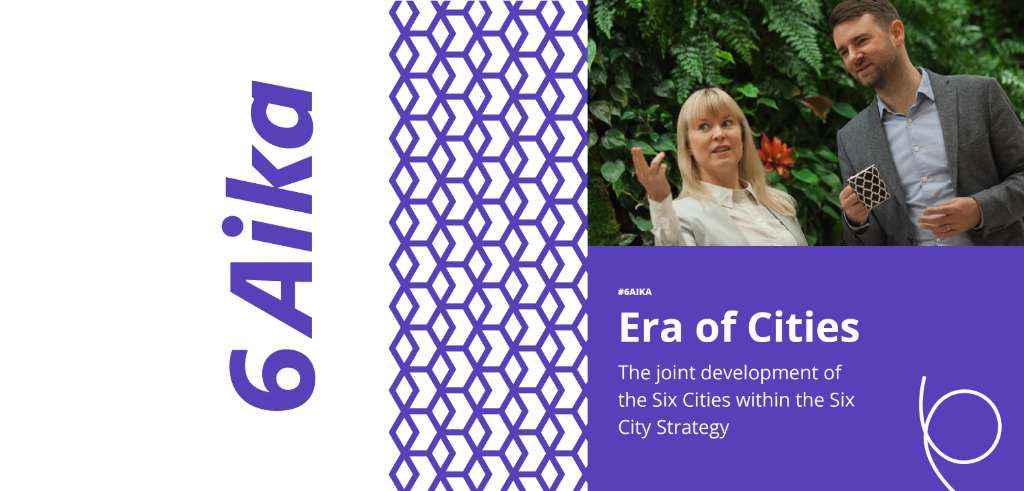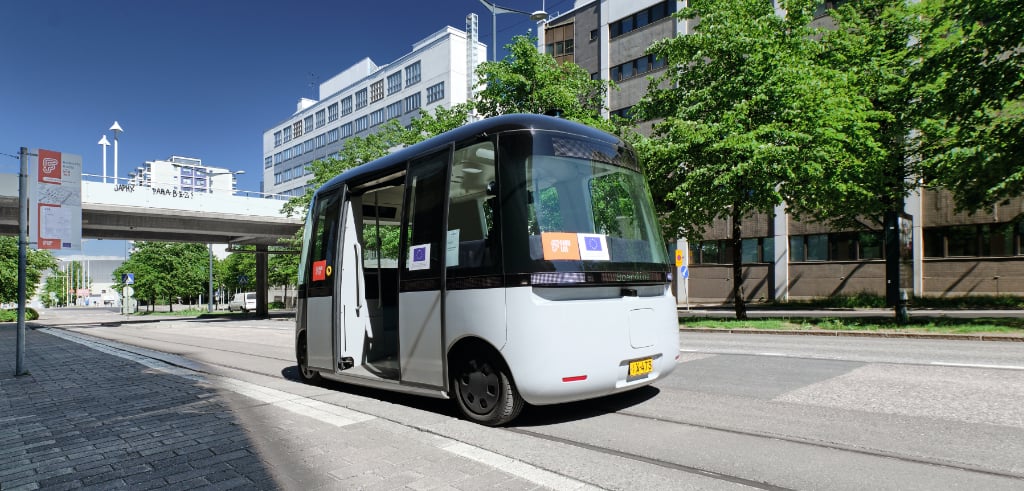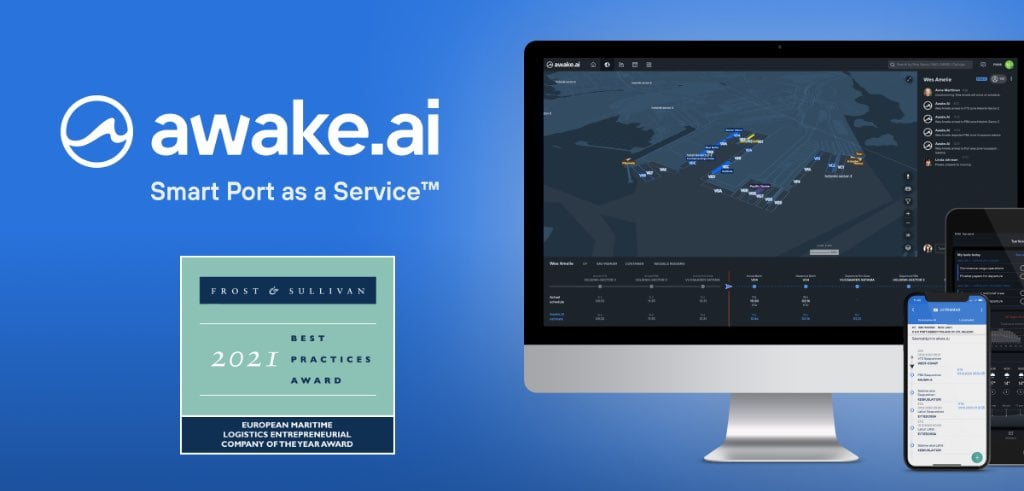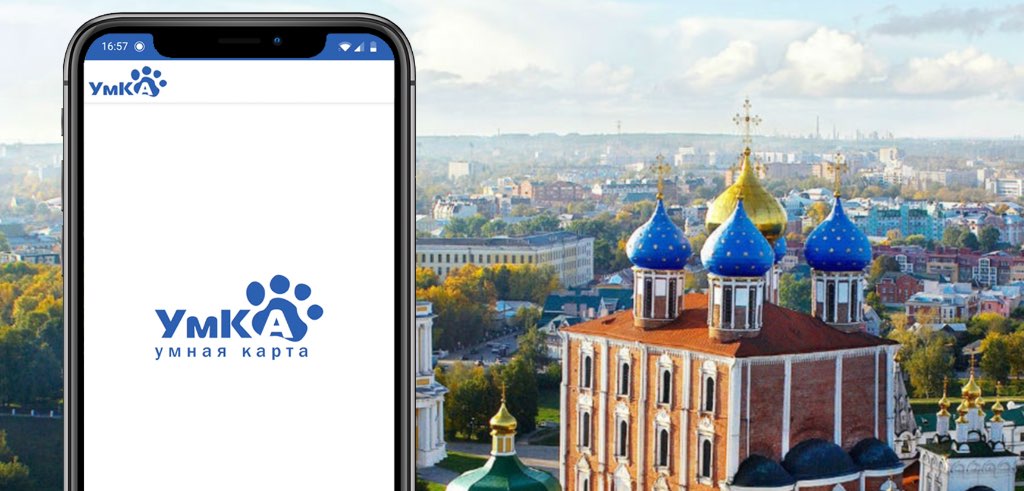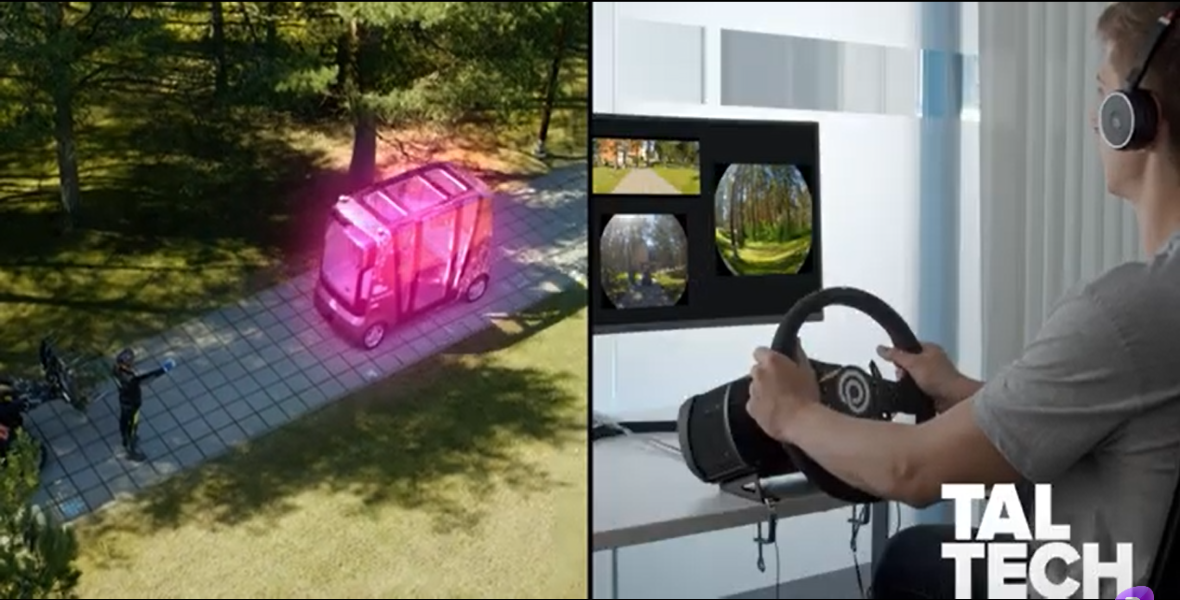
Tallinn University of Technology, Pylot and Telia are for the first time testing cross-border remote operation of an autonomous vehicle
Self-driving cars have become a reality, but they still require human intervention. Even the most advanced autonomous technology cannot solve all traffic situations, as it sometimes requires decision-making logic machines are not capable of.
To test those scenarios, Tallinn University of Technology (TalTech) built Iseauto, a self-driving shuttle. Now for the first time, TalTech, German teleoperations company Pylot and Telia in Estonia are using 5G technology to test cross-border remote control of the driverless shuttle.
“When Iseauto requires manual intervention, an operator in the remote control center in Munich can take over the car, solve the situation and then release the control back to the automated system,“ explains Raivo Sell, Senior Researcher & Program Manager of Product Development and Robotics at TalTech.
5G solves two main issues. “Firstly, it enables much faster data speeds needed for high-quality live video transmission. Secondly, 5G has much lower latency, which means that the vehicle can be controlled remotely without a delay,“ Sell says.
Telia and TalTech have a long-term strategic partnership on research and development of digital technologies.
“We started the preparations for implementing the 5G technology in Estonia already in 2016. In the autumn of 2017, we showcased an excavator remotely controlled over 5G at the Digital Summit. Our current cooperation with TalTech on the Iseauto project takes our R&D process to a new level by testing the technology across country borders,“ says Telia Estonia’s CTO Andre Visse.
Read more and watch the video here.



